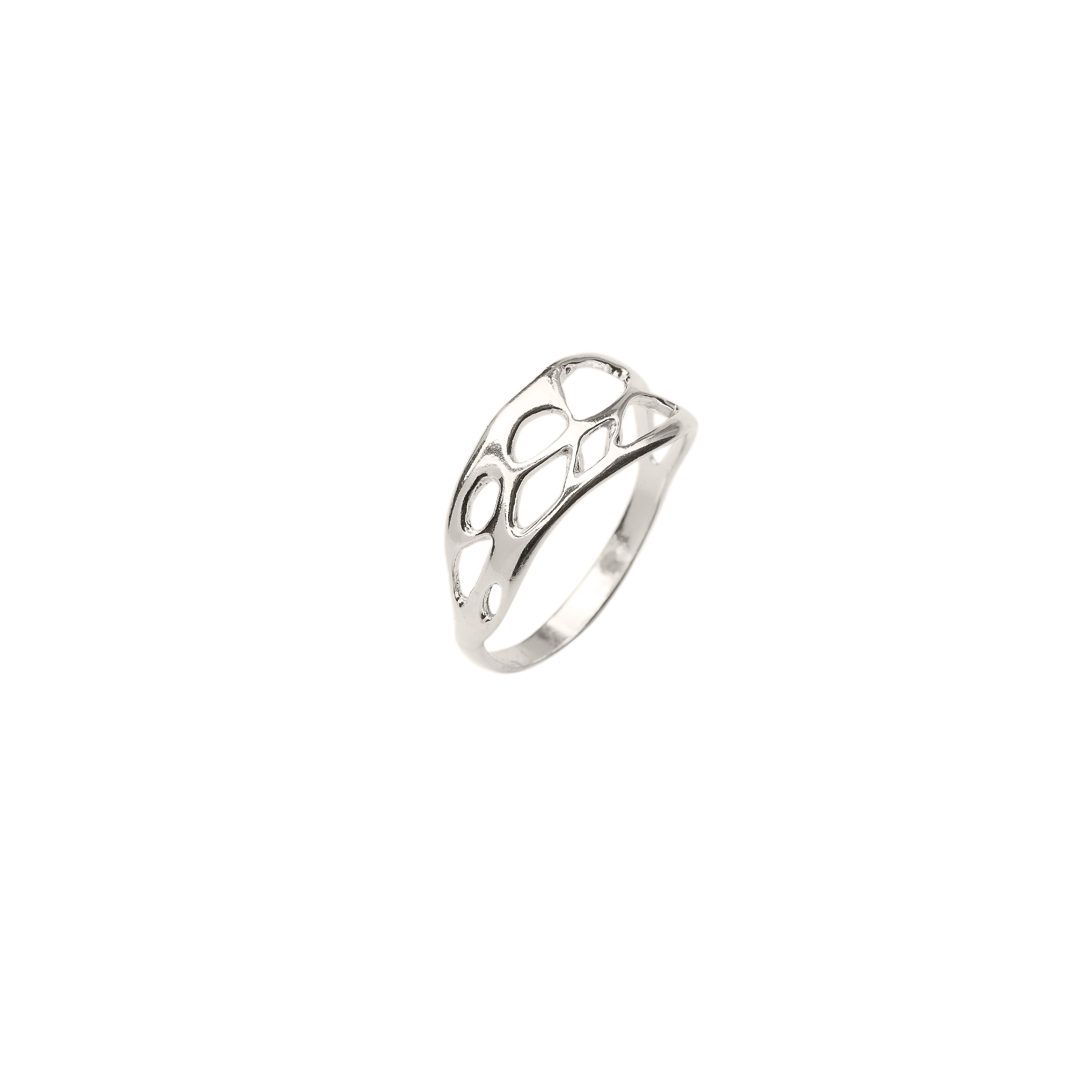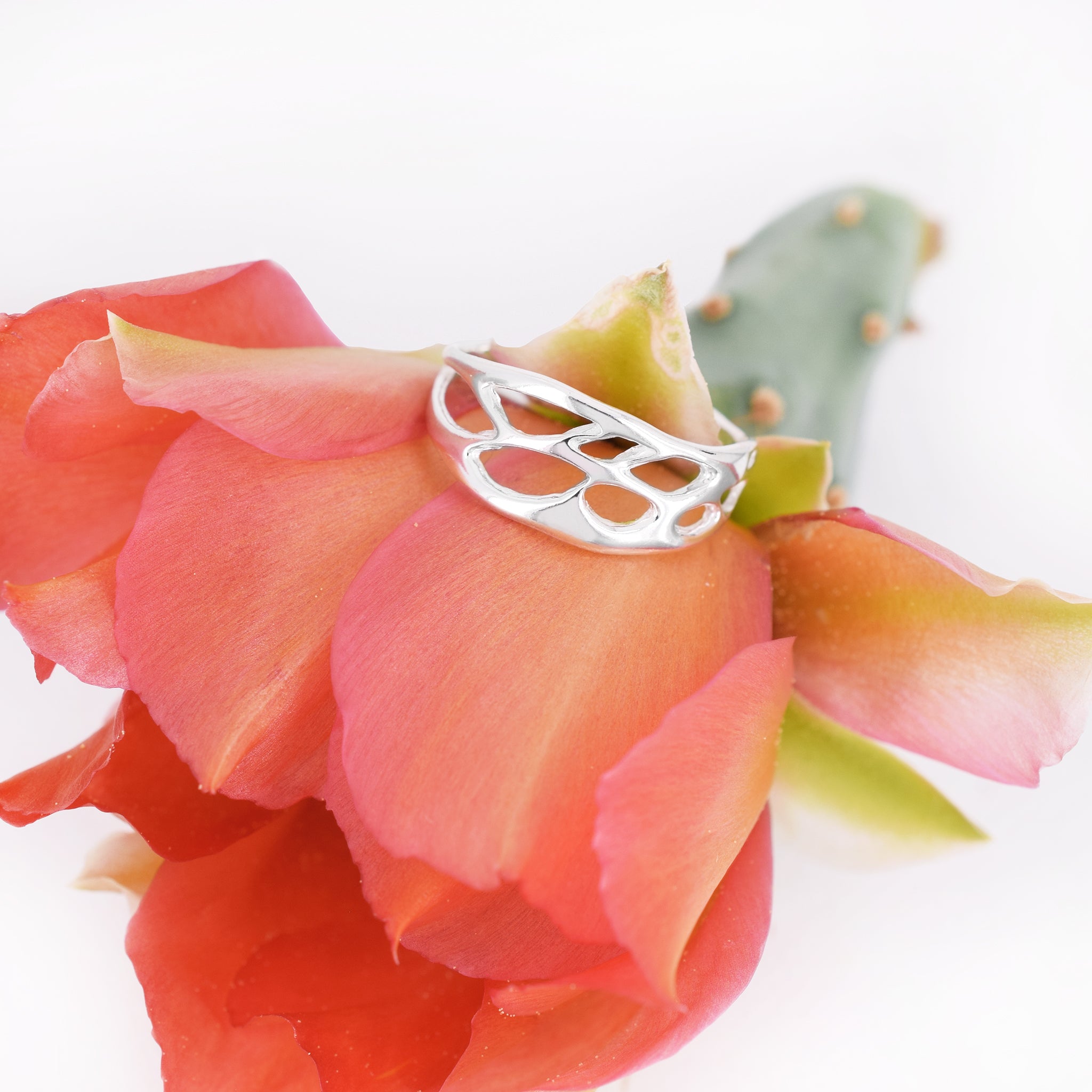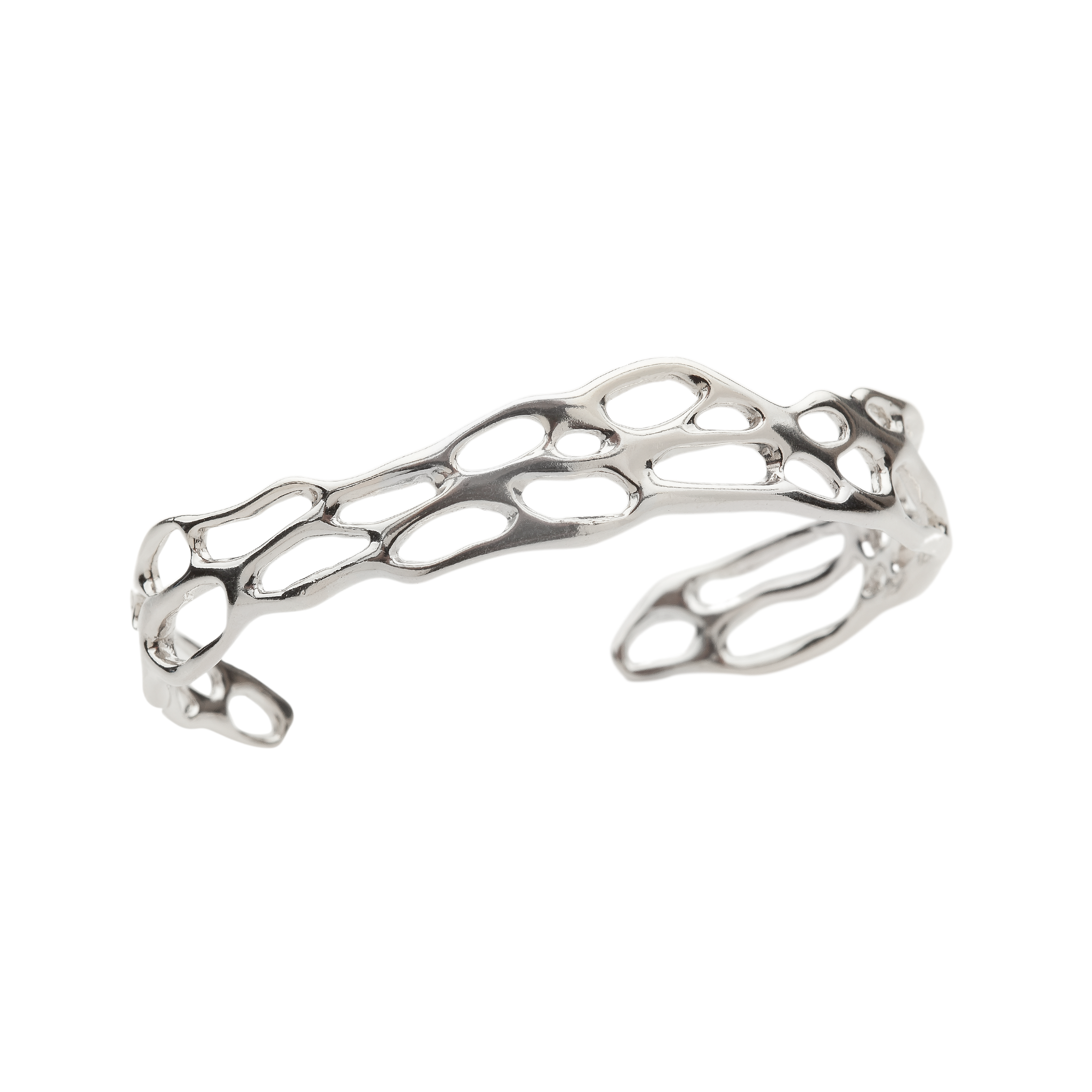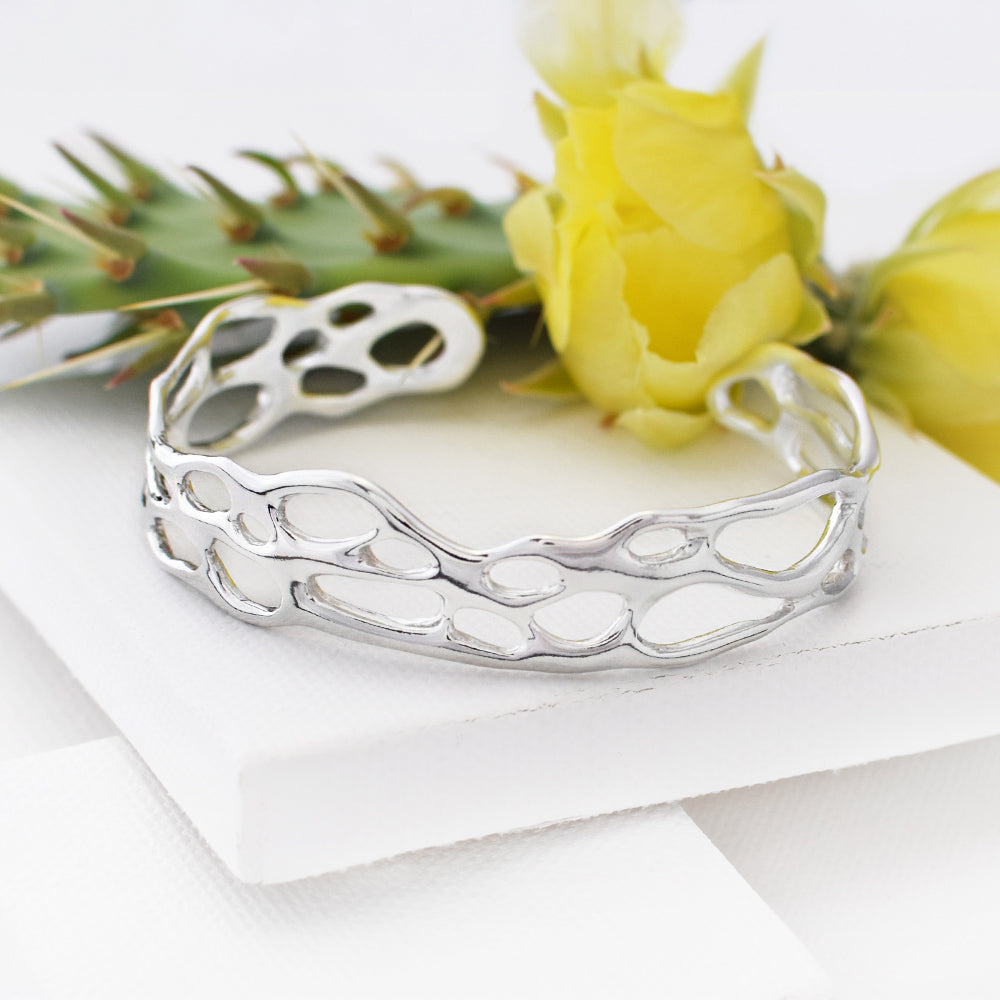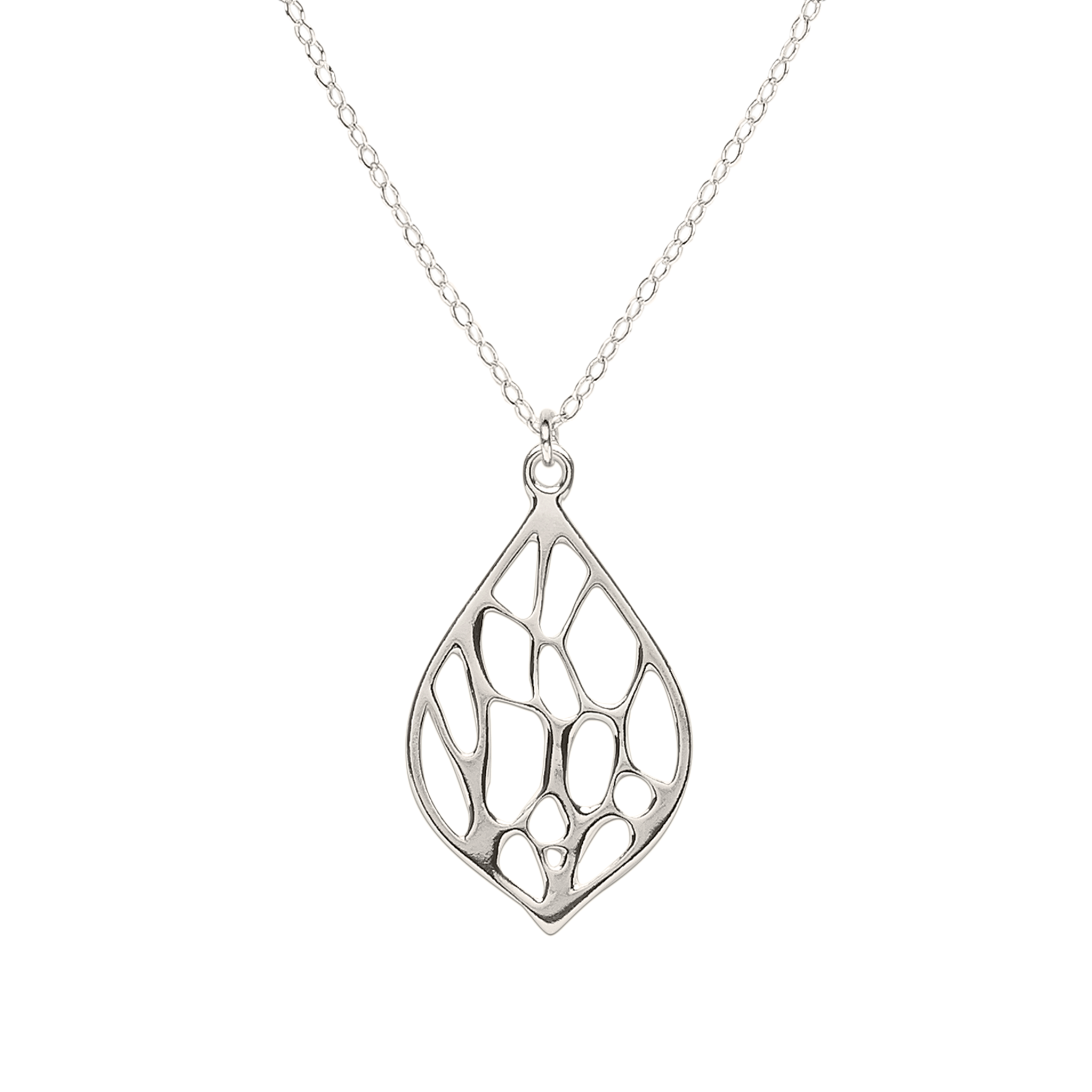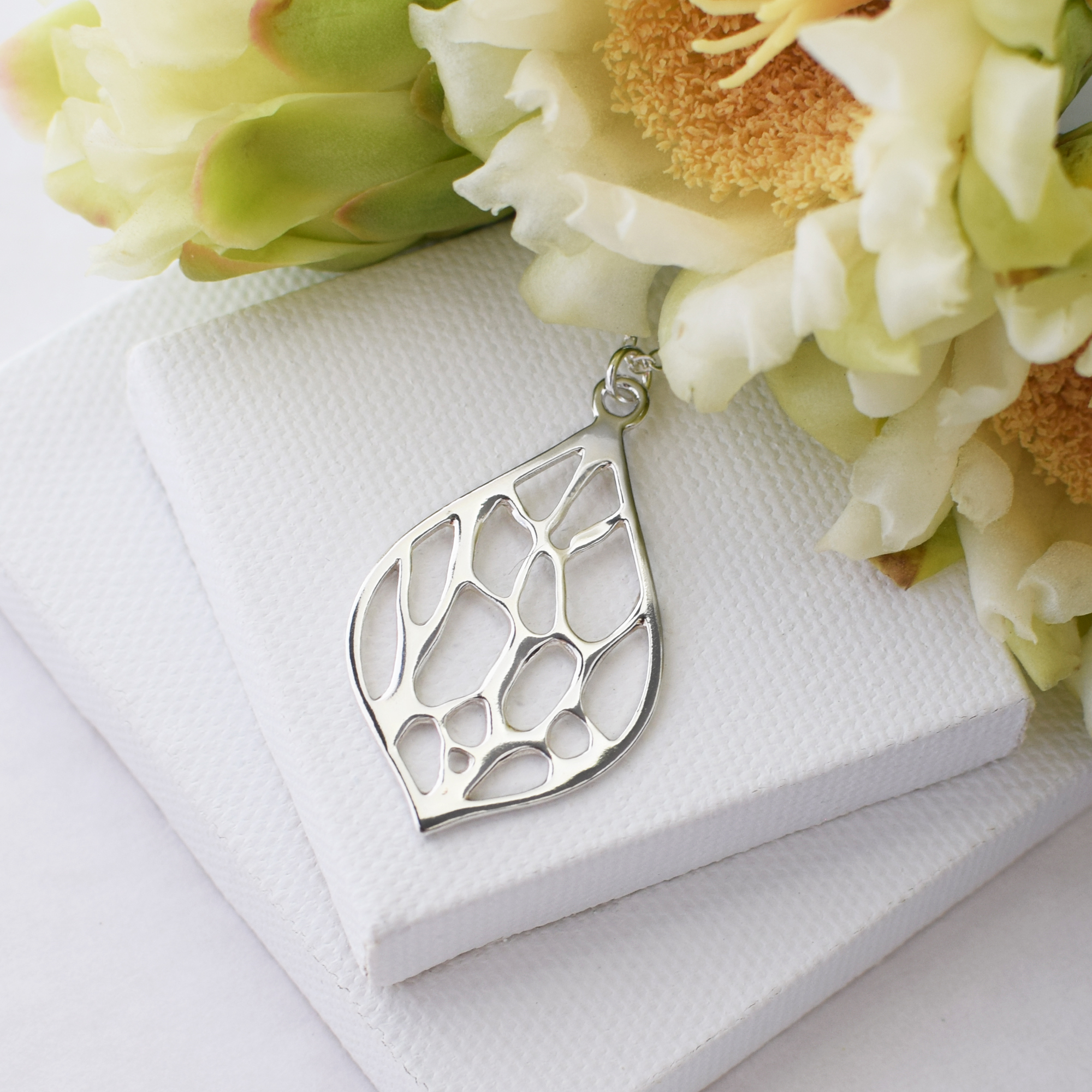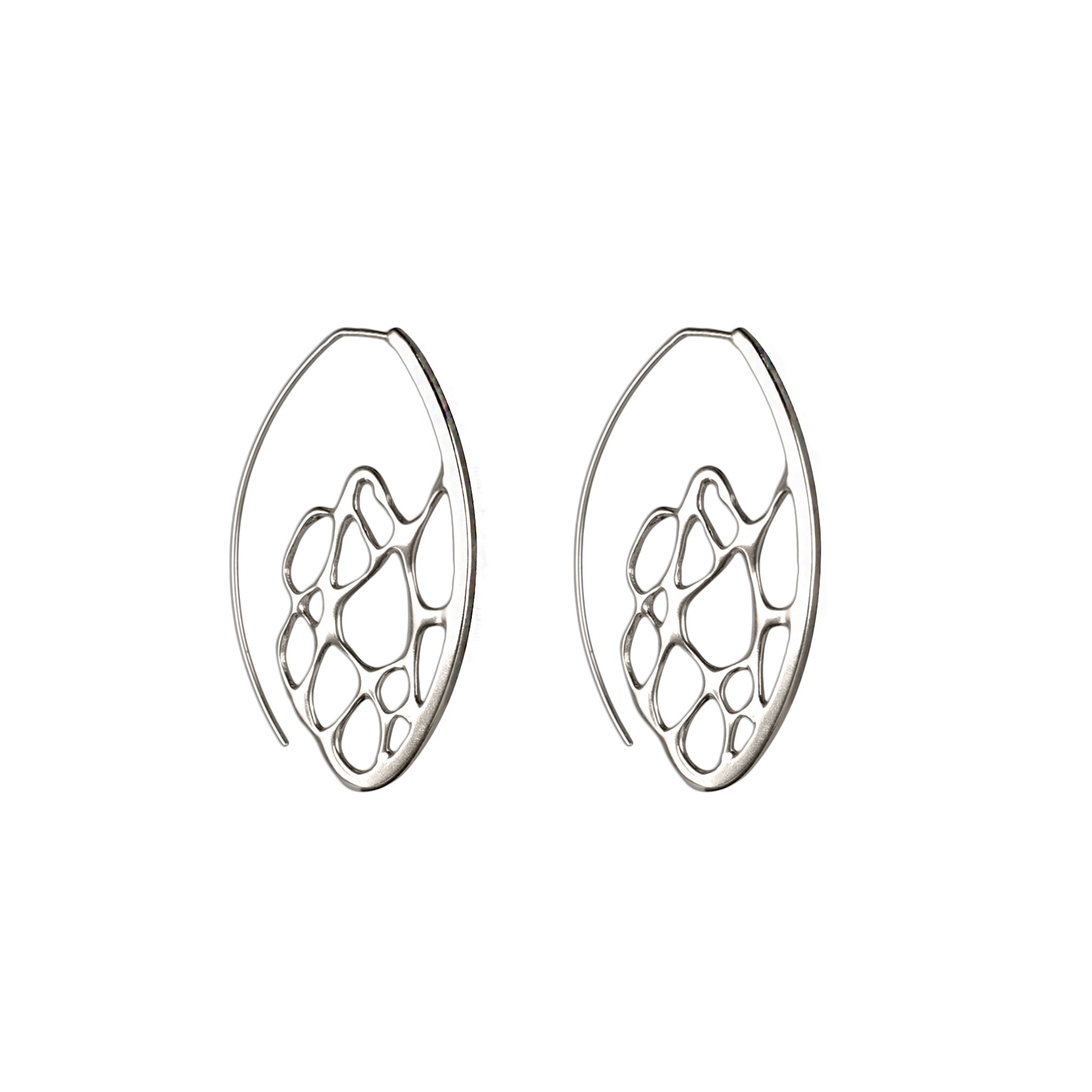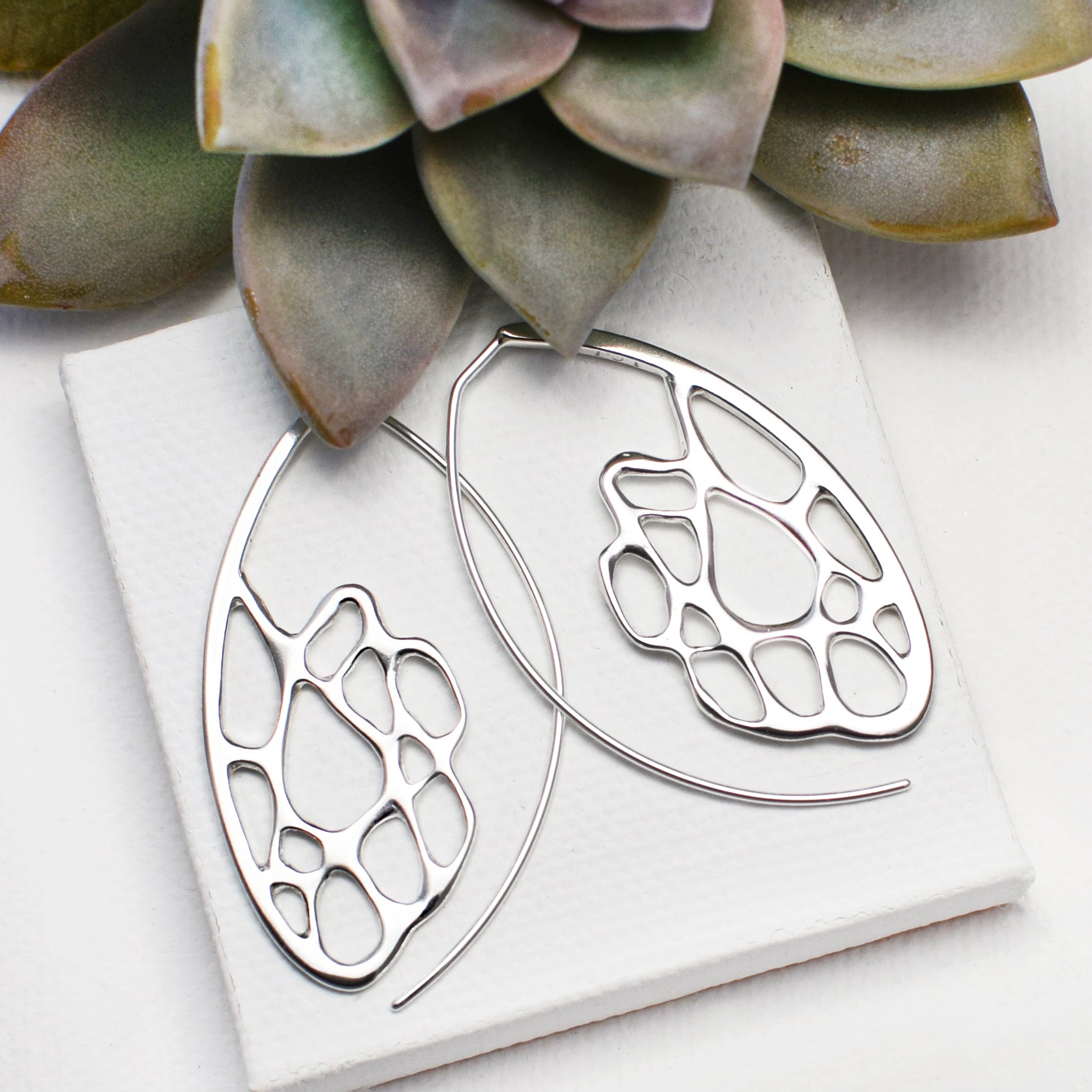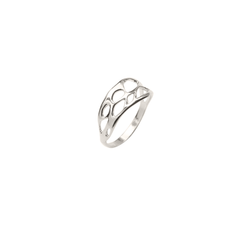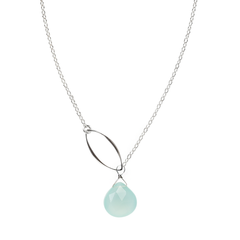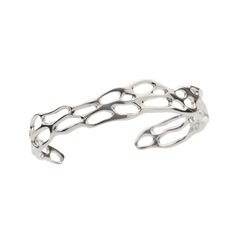The history that belongs to one of today’s most sought-after semi-precious stones, amethyst, is rich with both fact and folklore. As one might expect from a stone that has been given its own calendar month (amethyst is February’s birthstone), this crystal has a curious and fascinating pedigree.
Thanks to its gorgeous color and durability, amethyst was highly respected by ancient Egyptian civilizations and embellished many a British crown. Amethyst has long been used for its healing properties; the earliest known use stemming from the precise meaning of the name which is derived from the Greek word, amethustos, meaning sober or not intoxicated. It was believed that drinking from an amethyst goblet or wearing amethyst would keep a person from getting drunk and even protect them from poison.
Beyond period folklore, the amethyst remains incredibly popular and has been said to offer additional qualities of protection like dispelling negative energies and introducing positive, loving energy into a person or space. From strengthening the immune system and reducing insomnia to alleviating headaches and stress, this timeless gem offers both physical and emotional healing properties. It has been said that in order to receive the healing benefits, the wearer should keep amethyst in direct contact with the skin – on a necklace, perhaps.
Amethyst is quite popular and plentiful with large quantities found in Brazil and Bolivia. Around the world, amethyst can be found in Namibia and South Africa, the East coast of Canada in Nova Scotia as well as many areas of the United States, including Arizona, Montana, Colorado and the Carolinas - just to name a few.
A variety of quartz, Amethyst is a genuine example of finding beauty in imperfection. The unique colors that permeate this crystal are in fact due to iron and aluminum impurities. Without them, amethyst would simply be transparent quartz. And though a diverse range of shades adorn this popular variety of quartz, from light lilac to deep purple, all shades must be classified in the violet color family to be considered true amethyst.
If you're ready to add a piece of amethyst into your own life, customize your Joy Collection piece with this beautiful gemstone.
